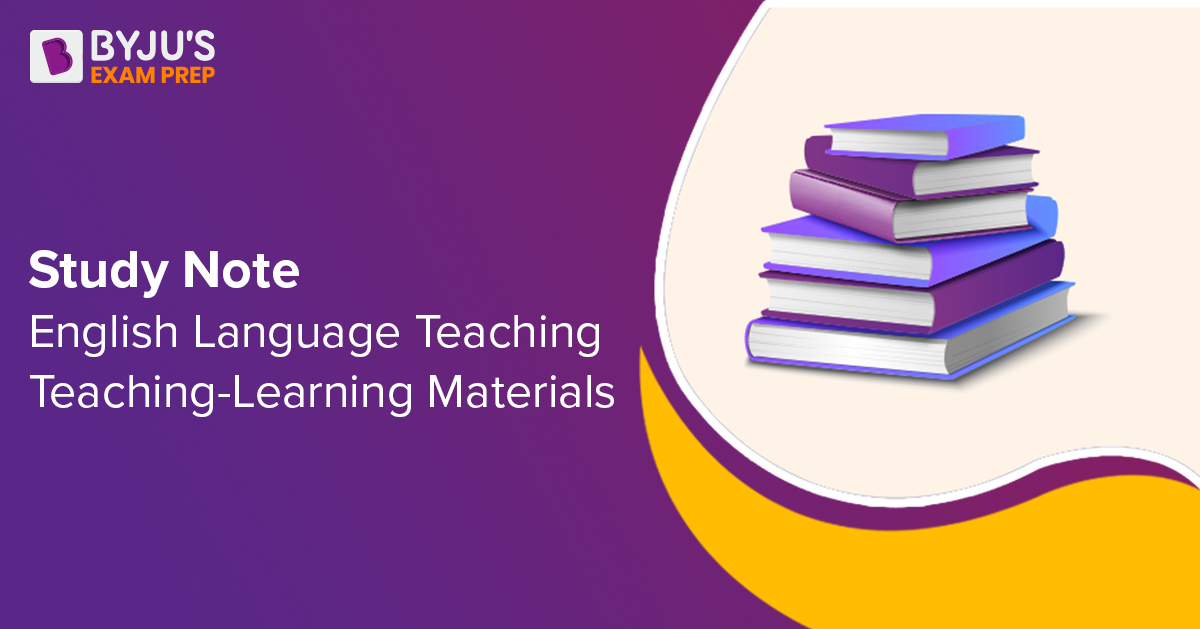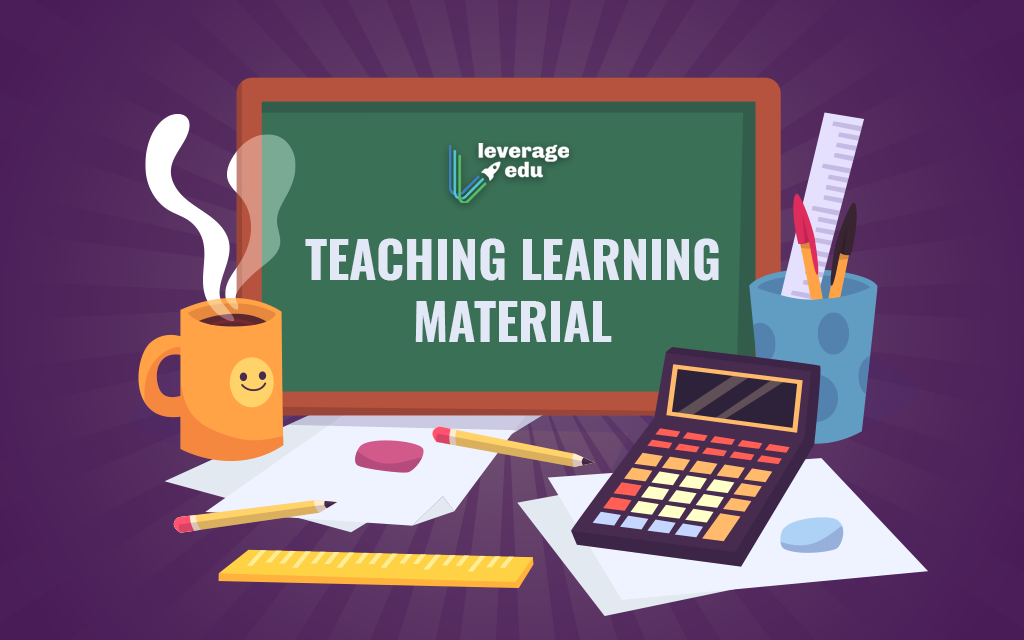Recommended Info For Choosing Italian Kindergarten Teaching Didactics
Wiki Article
What Books, Including Textbooks, Are Required In Italian Kindergartens?
Italian preschools tend to be based on a play-based setting, and they do not have workbooks or textbooks. Although books are not essential for children's development but they can encourage a love of learning and help develop their language abilities. Here are some types of books that could be suitable for Italian nursery schools: Picture books: Picture books assist children to develop their vocabulary, imagination and enjoyment of reading. They are usually filled with engaging illustrations as well as simple, easy-to-read text.
Board books: Board Books are sturdy books specifically designed for toddlers who are just learning how books function. You can use them to introduce your child to various themes like animals, colors, patterns and numbers.
Nursery rhymes, songs and music: Songs and rhymes are important to the development of infant children. They can improve their language, memory and social skills. Italian kindergartens could incorporate nursery rhymes and songbooks into their routine activities.
Children need to be taught about diversity from the age of three. Books with characters of different backgrounds, cultures and capabilities aid children in developing empathy and understanding.
Italian language books: Italian nursery schools may use books written in Italian to help children learn the language and build their language skills. Simple stories, picturebooks as well as books that include Italian songs and rhymes could be included in these books.
It is essential to select books that are appropriate for children of the age group that are engaging, interesting and relevant for the children attending nursery school. Teachers and caregivers are able to make use of books as a way to spark children's curiosity and allow them to discover different topics and subjects. Follow the recommended schede didattiche italiano for more advice.

What Maths-Related Educational Materials Are Suggested By Italian Schools?
Maths didactic cards are an excellent way to start youngsters in Italian nurseries with basic maths concepts. Maths didactic cards may include: Number Cards: These cards help children to master numbers that range from 1 to 10, or even higher. It is possible to use illustrations to enhance the learning experience by using objects or animals as the numbers.
Shape cards: Shapes cards are a great way to teach children the names and the characteristics of different shapes such as squares, circles triangles, and rectangles. They can also include real-life illustrations that show each shape.
Color cards can be used to teach children about the names of various colors and their shades. To make learning more interesting it is possible to include images of objects with a predominant color.
Counting Cards: These cards aid children learn to number from 1-10. Counting cards can be illustrated with animals or objects as a representation of the number.
Time cards. Time cards are a great way to teach children the names, dates and times of the months and weeks. To make the learning process more enjoyable, they can be illustrated with clocks or calendars.
Maths didactics cards must be suitable for children's age and engaging and interactive. Teachers and parents can make use of these cards to design exciting and engaging Maths activities that encourage children's curiosity and enthusiasm for learning. Have a look at the top rated schede didattiche matematica for blog advice.

What Are The Best Historical Documents For Italian Schools Of The Nursery Age?
The history didactic cards could be used to introduce concepts from the past to children who are just beginning their education. There are a variety of historical-themed cards. These cards can include illustrations as well as information about the person's career and life.
Timeline cards. Timeline charts can be used to teach children the sequence of events and how they relate. These cards can be illustrated using key dates and events.
Cultural cards aid children in learning different traditions and cultures that are both traditional and modern. Cards may contain images of traditional clothing and food along with traditional music, customs and other aspects of culture.
Artifact Cards: Artifacts cards could be used to assist children understand and visualize historic events and the way of life. You can use illustrations to illustrate objects from various cultures and historical periods.
Map cards can be used to teach children about geography and histories of different countries. They may include images of maps, as well as details about historical events and people in different regions.
It is crucial to select historical didactic materials that are age appropriate, engaging and interactive for young kids. Teachers and caregivers can make use of these cards to design exciting interactive games that increase children's curiosity and excitement to learn more about the culture and past. Read the top sostegno storia for website tips.

What Are The Most Effective Materials For Teaching Geography In Italian Schools?
In Italian nurseries, geography-related teaching tools can be utilized to help children learn about the world and other cultures. Here are some examples of geography teaching materials which may be required: Maps: Maps can aid children in understanding the geography of various nations and regions, and the exact location of landmarks and natural landmarks.
Globes: Globes let children to learn about oceans, continents as well as other aspects of the earth.
Pictures and videos Videos and pictures of diverse places and cultures can help children learn about the global diversity and develop an appreciation for the different ways of living.
Books: Age appropriate books featuring diverse countries and cultures will aid in fostering children's curiosity about geography.
Natural materials: Natural resources such as shells, stones and plants are a great way to help youngsters learn about the different habitats and ecosystems.
Field Trips: Children are able to learn valuable geography through field trips to local Zoos, parks and museums.
Choose teaching materials for geography that is appropriate for your young age group and that are aware of cultural differences. Teachers and caregivers can use these materials in order to develop engaging, interactive geography activities which encourage children's interest and curiosity. See the recommended sostegno geografia for more advice.
